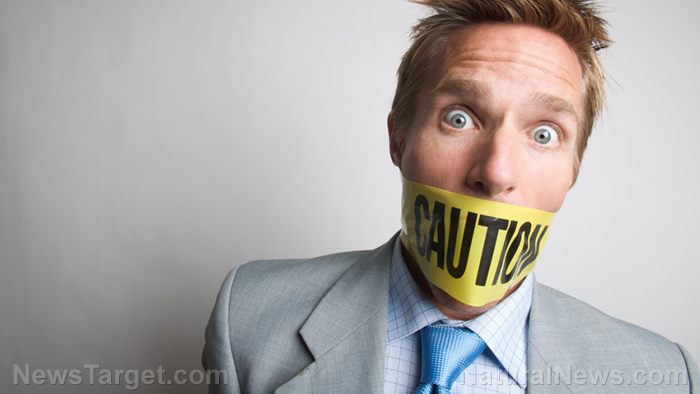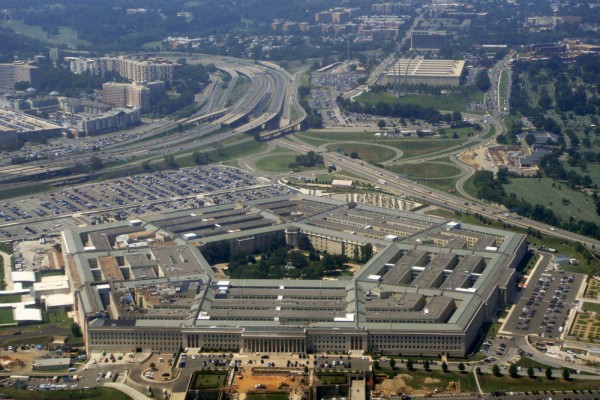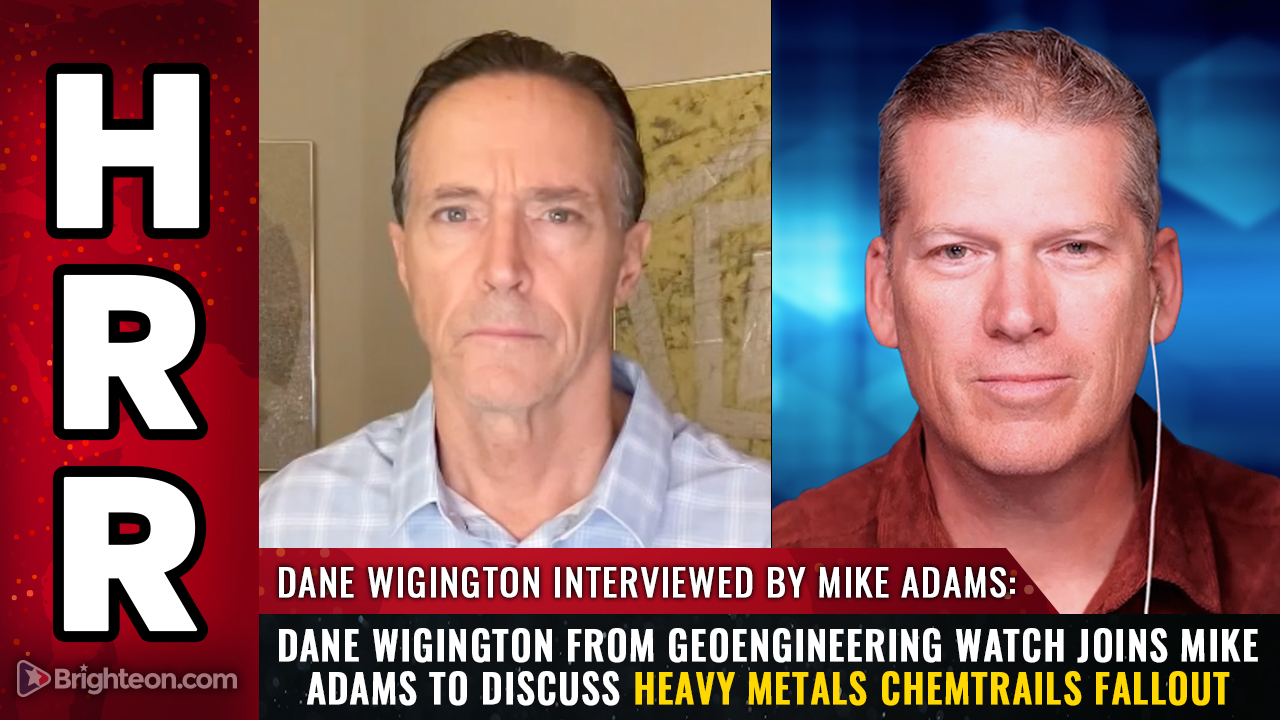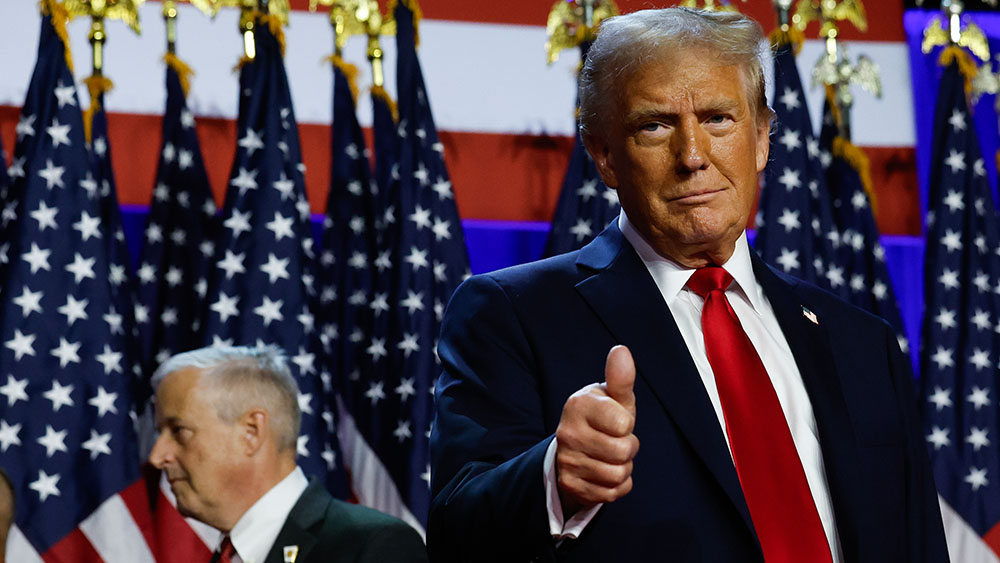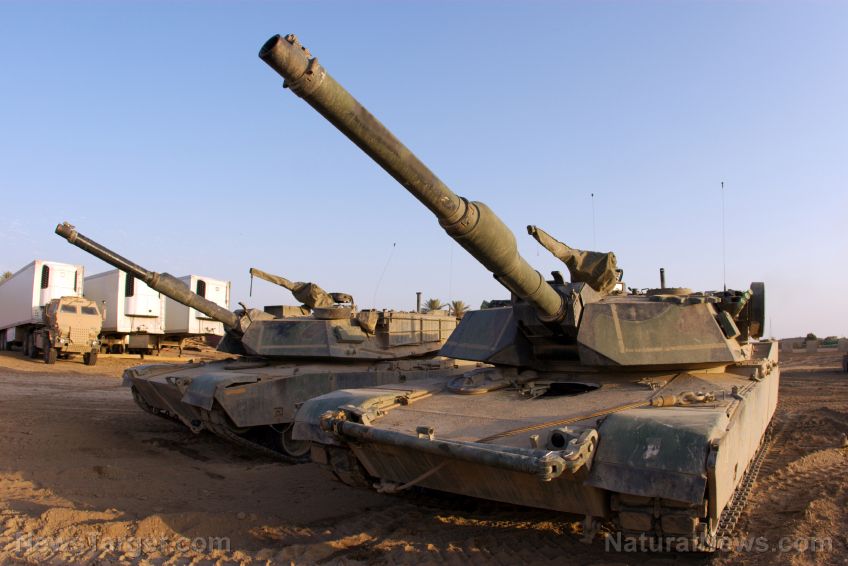 Parler
Parler Gab
Gab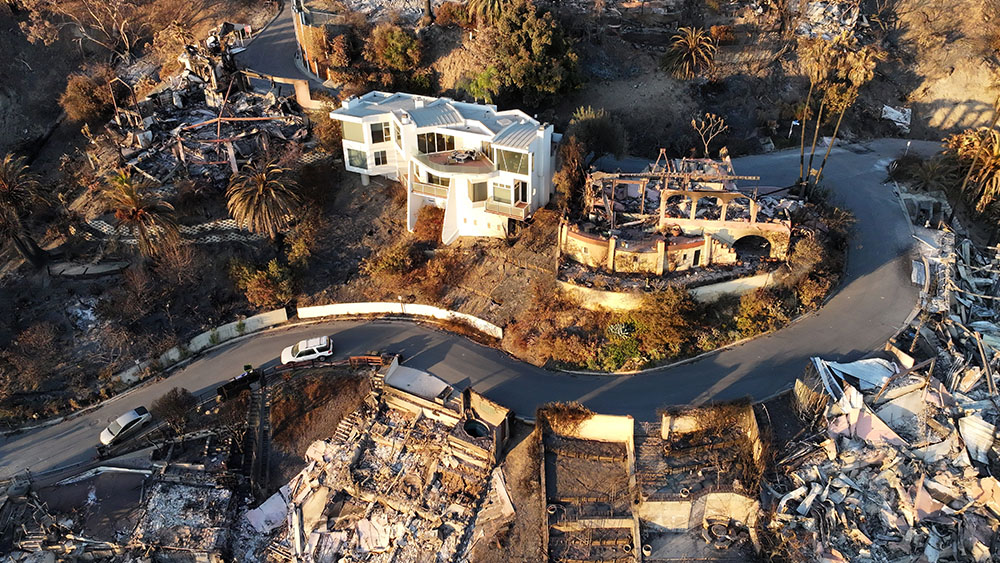
- A study by World Weather Attribution (WWA) initially blamed climate change for increasing wildfire likelihood in Los Angeles by 35%. Dr. Sabine Hossenfelder debunked the claim, revealing the findings lacked statistical significance and fell within natural variability.
- Climate activism and media narratives often prioritize fearmongering over objective analysis. WWA’s methods, dubbed "weather attribution alchemy," rely on speculative models comparing hypothetical climates, raising scientific skepticism.
- Research in Nature Communications shows modern wildfires in the U.S. and Canada occur at only 23% of historical rates, challenging claims of unprecedented fire activity. Activists attempt to shift focus from data to emotional impact to maintain climate crisis narratives.
- Chile’s deadly 2024 fires were influenced by multiple factors (heatwaves, drought, wind, El Niño). WWA’s attribution study admitted large uncertainties, highlighting the difficulty of linking single events to global warming.
- Effective wildfire mitigation requires addressing land use, urban planning and ecological management—not just carbon emissions. Over-politicization of climate science erodes public trust and distracts from evidence-based policy.
The limits of extreme event attribution
The practice of attributing individual extreme weather events to climate change through models has come under increasing scrutiny. Dr. Roger Pielke Jr., a distinguished science writer, coined the term "weather attribution alchemy" to describe the approach used by groups like the WWA. This method involves comparing the results of two imaginary climates—one with current levels of carbon dioxide and one without human contributions—using complex computer models. Critics argue that such approaches are inherently flawed, given the chaotic nature of the atmosphere and the myriad of unknown factors that influence weather. Dr. Otto, a frequent BBC broadcaster and key WWA figure, asserts that the primary purpose of these studies is to support climate litigation against hydrocarbon companies. Her words, captured in an interview titled "From Extreme Event Attribution to Climate Litigation," reveal a strategy driven by legal gain rather than scientific inquiry. The BBC, in its endorsement of WWA’s work, has furthered this politicization, with former Radio 4 editor Sarah Sands writing a glowing foreword for a WWA guide for journalists. Pielke’s less sanguine view offers a more critical perspective, suggesting that the push for event attribution studies is part of a broader effort to contest and undermine actual climate science to further the "Net Zero" agenda.Historical context: Wildfires through the ages
Recent findings published in Nature Communications have added another layer of complexity to the wildfire narrative. Researchers digging through centuries of tree ring fire scar records have discovered that wildfires across the United States and Canada are occurring at a rate of only 23% of what was expected based on historical patterns. The study is a stark rebuke to the notion that climate change is driving an unprecedented spike in extreme fire events. Instead, the findings point to a "widespread fire deficit," with burn areas in the recent past being far from unprecedented. The implications of this study are profound, particularly in the face of the current narrative peddled by climate activists. One reviewer, anticipating the paper’s potential misuse, urged the authors to "put even more emphasis on impact rather than burned area." This call to action underscores the deliberate attempt to shift the focus from data to emotion, a tactic that has come to define climate advocacy. The politicization of climate science not only distorts public perception but also fuels the distrust that many now feel toward both the climate movement and the media that perpetuates it.Chile’s deadliest wildfires and the search for clarity
The recent wildfires that devastated Chile provide another case study in the complexities of attributing such events to climate change. In early February, fires tore through more than 29,000 hectares of land, destroying over 7,000 homes and claiming more than 130 lives. These fires were described by the WWA as "the deadliest since the 2009 Australia bushfires," a grim milestone that has prompted a renewed examination of their causes. The WWA’s rapid attribution study acknowledged the large uncertainty involved, pointing to local cooling effects due to the "South Pacific High" and competing factors like increased dryness and wind intensity. These complexities highlight the inherent challenges of attributing specific weather events to climate change, especially in regions where climate dynamics are subject to rapid and nuanced shifts. Dr. Elizabeth Wiggins of NASA, for instance, described the Chile fires as the product of a "perfect storm" involving a heatwave, drought and high-wind event compounded by El Niño. The findings underscore the need for a more holistic approach to understanding and mitigating wildfire risks, one that moves beyond the simplistic binary of climate change or not.Separating science from politics
As we grapple with the devastating impact of wildfires around the world, it is imperative that we adopt a more critical lens when evaluating the role of climate change. The politicization of climate science has not only clouded public discourse but has also undermined trust in both the media and scientific institutions. The recent studies from Los Angeles and Chile, along with the broader context provided by historical fire records, remind us that simplistic attribution of complex events to climate change does a disservice to the pursuit of meaningful solutions. The real challenge lies in understanding the intricate interplay of ecological, economic and social factors that influence wildfire risk. Public policy must address these broader issues, from sustainable land management to urban planning, rather than being captured by the narrow narrative of carbon emissions. Only through such an approach can we hope to build resilience and prevent future tragedies on the scale of those witnessed in Los Angeles and Chile. In the end, the truth behind these wildfires is far more nuanced than the soundbites and headlines would have us believe. It is a story of human interaction with the environment, one that demands a thoughtful, evidence-based response. Sources include: WattsUpWithThat.com CarbonBrief.orgU.S.-funded “anti-misinformation” groups persist, raising concerns over censorship and bias
By Willow Tohi // Share
Gold prices surge past $3,200 as experts warn of U.S. dollar collapse under Trump policies
By Finn Heartley // Share
U.S. military ends decade of climate change initiatives, redirects focus to readiness
By Willow Tohi // Share
Dane Wigington exposes climate engineering as ‘All-Out Weather and Biological Warfare’
By Finn Heartley // Share
Trump’s 125% tariff triggers panic among Chinese Amazon sellers
By Cassie B. // Share
Governments continue to obscure COVID-19 vaccine data amid rising concerns over excess deaths
By patricklewis // Share
Tech giant Microsoft backs EXTINCTION with its support of carbon capture programs
By ramontomeydw // Share
Germany to resume arms exports to Israel despite repeated ceasefire violations
By isabelle // Share
